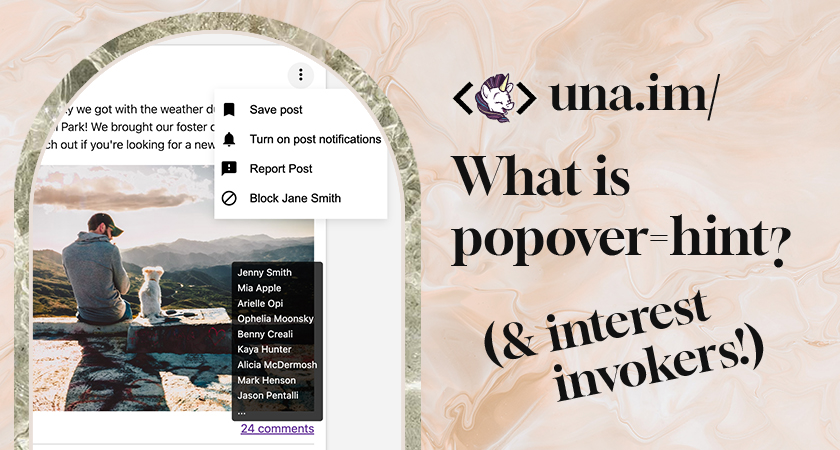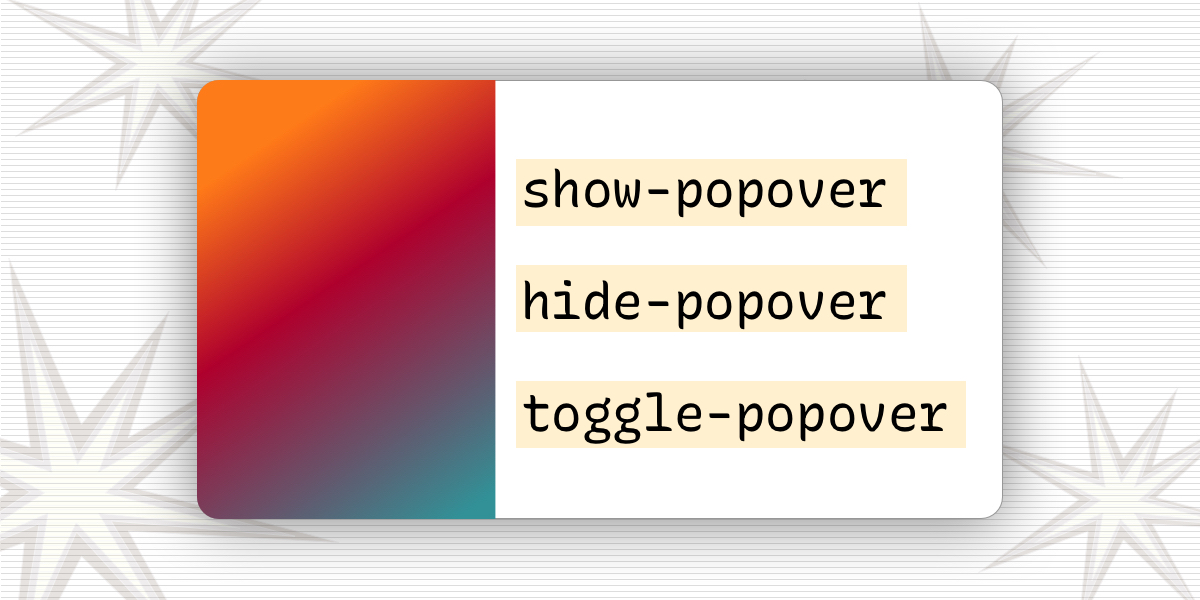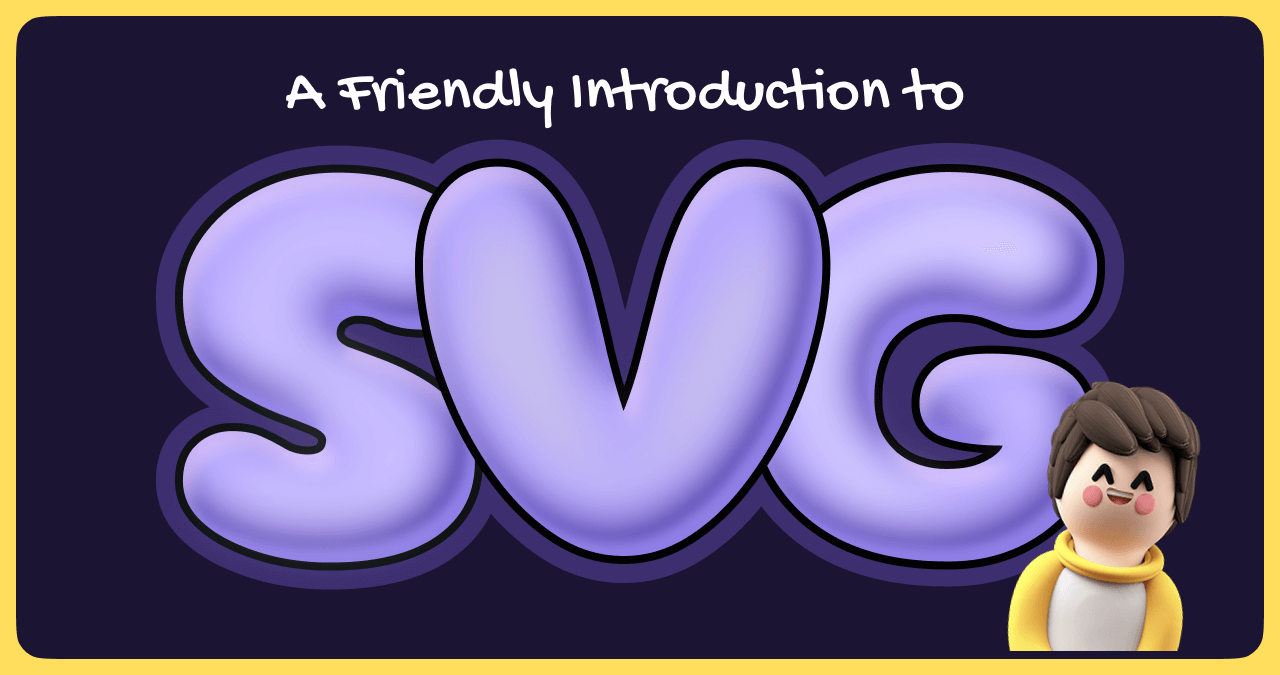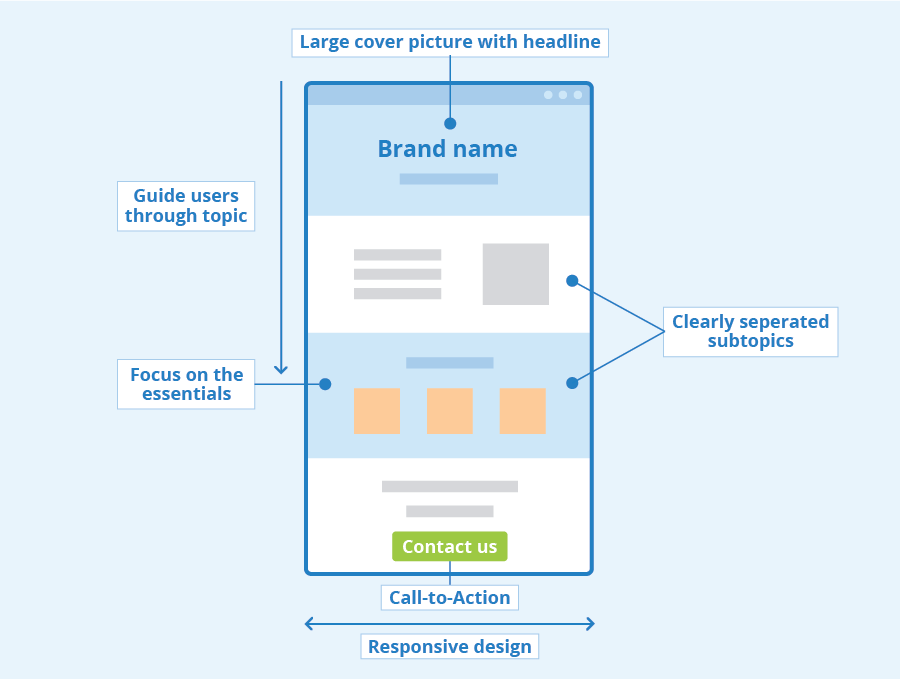Your weekly reading from Web Directions
First up a quick announcement–the program for our new Engineering AI conference is now available.
Engineering AI is our new one day conference for software engineers, regardless of their area of focus or the languages they use, and engineering leaders focussed on the impact of AI and LLMs on the practice of Software Engineering. It takes place in Sydney, and on Conffab our streaming platform, September 12th.
Head to the conference site for the full lineup, and to register, for just $695 in person or $295 for a streaming pass.
This week’s reading covers front end development, accessibility and a fair bit at the intersection of AI and development, and AI and design.
CSS & Frontend Development
What is popover=hint?

If you’ve been following along with advancements in HTML, such as the new popover API, you may have noticed that a new popover type (hint) recently landed in Chrome 133 (January 2025). But what exactly does it do? The short answer is: popover=”hint” allows you to open an unrelated hint popover without closing other popovers in the stack.
Source: una.im | What is popover=hint?
It’s still not quite ready for primetime, but popover=”hint” is a coming addition to the popover API, for building ever more sophisticated Web UIs declaratively.
A First Look at the Interest Invoker API (for Hover-Triggered Popovers)

Chrome 139 is experimenting with Open UI’s proposed Interest Invoker API, which would be used to create tooltips, hover menus, hover cards, quick actions, and other types of UIs for showing more information with hover interactions. The Interest Invoker API makes these components declarative and hover-triggered, meaning that you create them with HTML, and then the web browser handles the mouseenter and mouseleave events for you, sans JavaScript.
Source: A First Look at the Interest Invoker API (for Hover-Triggered Popovers) | CSS-Tricks
While we typically don’t cover web technologies until they are baseline newly available, some features we think are sufficiently impactful (or perhaps can be used well with polyfills) that we cover them earlier. Invokers are one such technology—a declarative way in HTML alone to specify behaviors that would have previously required JavaScript. Interest Invokers are currently in Chrome 139 and provide a way to declaratively create tooltips, hover menus and other ‘floating’ type elements.
A Friendly Introduction to SVG

But SVGs are also pretty intimidating. The rabbit hole goes deep, and it’s easy to get overwhelmed. So, in this blog post, I want to share the most important fundamentals, to provide a solid foundation you can build on. I’ll show you why SVGs are so cool, and share a few tricks you can start using right away. ✨
Source: A Friendly Introduction to SVG • Josh W. Comeau
Josh Comeau has an excellent introduction to SVG for frontend (and other) developers.
Frontend Performance Checklist For 2025

Our Frontend Performance Checklist is a comprehensive, platform-agnostic guide that enumerates key front‑end best practices and optimizations for maximizing website speed and efficiency. It distills these performance strategies into an actionable checklist to help developers build faster, more efficient web applications.
Source: Frontend Performance Checklist For 2025
A really impressively comprehensive guide to modern frontend performance with lots of actionable insights, context, and more. Bookmark this one now!
JavaScript & Programming
Recursion (with Common Interview Questions)
computer science software engineering

Recursion in programming is important as it provides more elegant solutions which makes the algorithm easier to read than the iteration. But a lot of engineers are having difficulties to understand how the recursion works. In this article, I will dive into it with many examples by showing how it actually works in the call stack.
Source: Recursion (with Common Interview Questions) – Frontendly.io
Recursion is one of the more powerful yet trickier aspects of programming. This is an excellent clear overview from Ryan Yu.
AI & Software Engineering
Coding with LLMs in the summer of 2025 (an update)
AI AI Native Dev LLMs software engineering
Frontier LLMs such as Gemini 2.5 PRO, with their vast understanding of many topics and their ability to grasp thousands of lines of code in a few seconds, are able to extend and amplify the programmer capabilities. If you are able to describe problems in a clear way and, if you are able to accept the back and forth needed in order to work with LLMs, you can reach incredible results…
Source: Coding with LLMs in the summer of 2025 (an update)
A lot of people have been writing about how they are working with LLM-based tools as software developers. As Scott Werner recently observed, “Nobody Knows How To Build With AI Yet,” so I find these articles really valuable lessons.
MCP: Bringing mashups back!
In the summer of 2006, I discovered the blossoming world of web APIs: HTTP APIs like the Flickr API, JavaScript APIs like Google Maps API, and platform APIs like the iGoogle gadgets API. I spent my spare time making “mashups”: programs that connected together multiple APIs to create new functionality. I adored the combinatorial power of APIs, and felt like the world was my mashable oyster. And now, with the growing popularity of MCP servers, I am getting a sense of deja vu.
Source: MCP: Bringing mashups back!
The era of mashups was perhaps the last hurrah of the early web, when Web 2.0 services like Google Maps willingly or unwittingly exposed their APIs and enabled innovative use of multiple services, beginning perhaps with Adrian Holovaty’s Chicago Crime. The Web 2.0 companies in time restricted these uses of their APIs, but Pamela Fox wonders whether with MCP servers we might see a comeback of that culture.
Nobody Knows How To Build With AI Yet
AI Native Dev LLMs software engineering
There’s this moment in every new technology where everyone pretends they know what they’re doing. We’re past that moment. Or maybe we haven’t reached it yet. Either way, we’re in this delicious middle ground where nobody can pretend expertise because the whole thing keeps changing under our feet. If the most experienced AI pair programmer in the world has been doing this for at most two years then we’re all beginners. Forever beginners, probably, the way things are accelerating.
Source: Nobody Knows How To Build With AI Yet – by Scott Werner
How we write software is already profoundly changing. This, as Scott Werner describes it, is an experiment no one is doing the same way.
Design Systems & Development Process
The hidden cost of design system entropy

Even the most meticulously maintained design systems accumulate what I call design system entropy– small inconsistencies that compound over time. A duplicated button here, a slightly different spacing value there, a component that’s been detached and modified just enough to “make it work”. Humans are brilliant at working around this chaos– when we see btn_primary in one file, and button[variant=primary] in another, our brains can connect the dots automatically. But AI doesn’t adapt quite the same. It can assume, but it doesn’t forgive.
Source: The hidden cost of design system entropy
There seems to be an analog of the second law of thermodynamics (disorder only ever increases in a system without external intervention) when it comes to the systems humans build, which Mary Trueman observes here about design systems. Humans are the external intervention that keeps these systems from collapse, but when LLM-based tools enter the picture—as we are increasingly seeing particularly with the advent of MCP—things can get challenging.
AI Needs UI

It seems like every day, someone who doesn’t know anything about design proclaims “UI is going away” thanks to advances in AI. The logic goes that soon we’ll just converse with an AI assistant to get everything done. We won’t need any of these pesky menus, buttons, maybe not even screens. But user interfaces aren’t disappearing; they’re evolving. AI makes great UI more important than ever so that we can understand and use it effectively, building better mental models of what this technology can and cannot do.
Source: AI Needs UI. It seems like every day, someone who… | by Dan Saffer | Jul, 2025 | Medium
Dan Saffer is a luminary in the world of design. We had the privilege of him speaking at a conference so long ago it’s not even on Conffab sadly. But like other deeply experienced user experience designers—Luke Wroblewski and Josh Clarke come to mind—Dan brings his expertise and long-honed intuitions to the challenge of designing with AI, not just as a tool, but as a material. We are at the command line era of user interface design when it comes to designing interactions with AI, which presents enormous opportunity.
Accessibility & Standards
Why I don’t trust WCAG 2.2 and what I’m hoping from 3.0
a11y accessibility wcag WCAG 2.2

In this day and age, we must also consider the negative impact that a brand incurs when it fails to be accessible, which inevitably comes with its own losses. Still, WCAG 2.2 (released in 2023) deserves some blame here. It leaves too many gaps. That brings us to the point of this blog. What’s wrong with WCAG 2.2 — and how will WCAG 3.0 improve things?
Source: Why I don’t trust WCAG 2.2 and what I’m hoping from 3.0 – LogRocket Blog
Daniel Schwarz has thoughts on the shortcomings of WCAG 2.2 and what will hopefully be addressed with the upcoming 3.0.
How to Use ARIA Roles and Properties Effectively

Accessible Rich Internet Applications (ARIA) is one of the most powerful tools in a developer’s accessibility toolkit—but it’s also one of the most misunderstood. While ARIA can improve accessibility when used correctly, misuse can actually make things worse for users who rely on assistive technologies (AT), such as screen readers.
Source: How to Use ARIA Roles and Properties Effectively
ARIA has been around and widely supported for many years now. But it is poorly understood and even more poorly adopted. So we’ll keep covering new resources to help adoption like this comprehensive piece.
Great reading, every weekend.
We round up the best writing about the web and send it your way each Friday.
